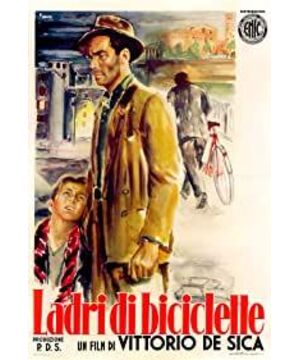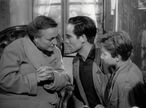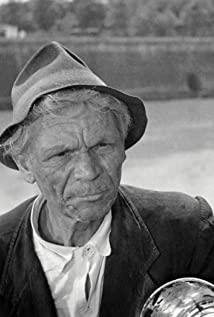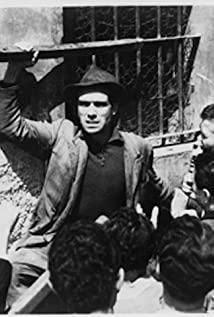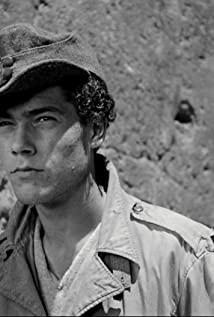a film movement with social progress significance and artistic innovation characteristics that emerged in Italy after the end of World War II. It is generally believed that this movement lasted about six years from 1945 to 1951. However, as a film style and a creative method, it has a profound impact on modern film creation. The term "neorealism" is used in films and it was first seen by the Italian film critic Peter Langelli in the "Cinema" magazine (1942). No. 146) in an article on Lugino Visconti’s film "Sinking". The true history of Italian neo-realistic cinema began in 1945, the year Rossellini shot "Rome, the Unfortified City". From 1945 to 1950, the characteristics of neo-realistic films gradually formed, including: 1. Pay attention to reflecting the reality of contemporary social life in the country; 2. Reflect contemporary social problems through the real life experience of ordinary people; 3. In terms of shooting methods Pay attention to realism, try to shoot in real scene and use natural light; 4. Oppose Hollywood's star system, and try to use non-professional actors.
And this "Bicycle Stealer" is a film that has pushed Italian neo-realism to the highest point and is of epochal significance.
In fact, for De Sica, I first learned that he was not in the neo-realistic entries in the boring film history, but by chance. I bought a DVD of his "Milan Miracle". , I was also out of curiosity at the time, but after watching it, I fell in love with this film deeply, which also made me remember the director. Although he was born in neo-realism, the absurd and unconstrained imagination in "Milan Miracle" is different from other realistic works, making it a maverick and wonderful work.
Now let’s get back to the subject, let’s talk about the current “Bicycle Thief”, one of the representative works of Italian neo-realism. It has almost all the characteristics of this genre. They were all non-professional actors, and the subject matter was very close to real life. They described an ordinary person who was forced to make a living and was eventually forced to steal a bicycle, reflecting the miserable life of the lower class people at that time.
In fact, the main reason for the formation of this unique style of "new realism" was the dilapidation of Italy after the war. The filmmakers did not have studios and sufficient funds. The cruel reality forced them to find a compromise. They had to carry the camera to the street to shoot, they had to use non-professional actors, and so on. In addition, it was influenced by the realist film style of Jean Renoir (the son of the impressionist painter Renoir) of France, which gradually formed this unique so-called "Italian Neorealism" style.
But do they seem worthless because of their simplicity? The answer is obviously no. Because of their closeness to social reality, neo-realistic films have received great resonance from the general public. Due to the limitations of technology and funds, they can only put the subject matter in the most real scenes, and find them in the most ordinary life. Footage taken.
Of course, it is not because of the limitations of the material that he is thinking that he is only describing the sufferings of the people objectively, and the story is not worth seeing, and there is no readability. Taking "The Bike Thief" as an example, De Sica told a very wonderful story. After all, neo-realistic films are not documentaries. Their essence is still feature films. Therefore, how to tell a simple story is still the most important topic. In the film, the director deliberately created a lot of dramatic conflicts. For example, the two scenes of chasing the old man in the church and later confronting the car thief were full of dramatic tension and played a climax, especially during the mass. The scene of the shuttle is quite ridiculous. It can be said that it is very successful in narrative.
The second is the issue of non-professional actors, which is also a big feature of neo-realistic aesthetics. The performance of several actors in the film is still very good, although there is still a gap with professional actors in some aspects. But at the same time they also showed a unique and simple beauty, especially the little actor who played his son Bruno. The performance was remarkable. Finally, when he saw his father being besieged by everyone, he rushed over to help him out. The kind of helplessness when he was helpless was vividly shown by him. Looking at those big watery eyes, he couldn't help but feel sympathy. For non-professional actors, he has done a very good job.
In terms of camera shots, the director is not deliberately using medium and long-term shots because they are all non-professional actors. Hou Xiaoxian also often uses non-professional actors. He once said that the formation of his famous long-shot style is largely due to the early use of non-professional actors. In order to make up for the shortcomings in performance, he tried to avoid close-up shots and close-ups. So that the actors can play freely. On this point, De Sica has no scruples. He still gave the father and son a lot of close-ups and close-ups. Although to a certain extent, it does reveal the shortcomings of being non-professional actors, but on the other hand, the father and son are sincere. But his performance adds a lot of emotional weight to the film.
In several places in the film, the two people walked quietly with the filming. This method vividly rendered the feeling of loneliness and helplessness full of helplessness. Under such extreme helplessness, the father would take the risk and steal. Others' bicycles were saved from prison after being caught thanks to his son's release. In the end, the father and son held hands and walked aimlessly on the street full of people. The still lens seemed to be a pair of eyes full of pity, watching them, but unable to do anything. From these eyes, I felt a deep, sorrowful, and full of helpless emotions. In the crude film, the director created the greatest passion, and he transformed this passion into a deep helplessness, a silent accusation.
View more about Bicycle Thieves reviews


